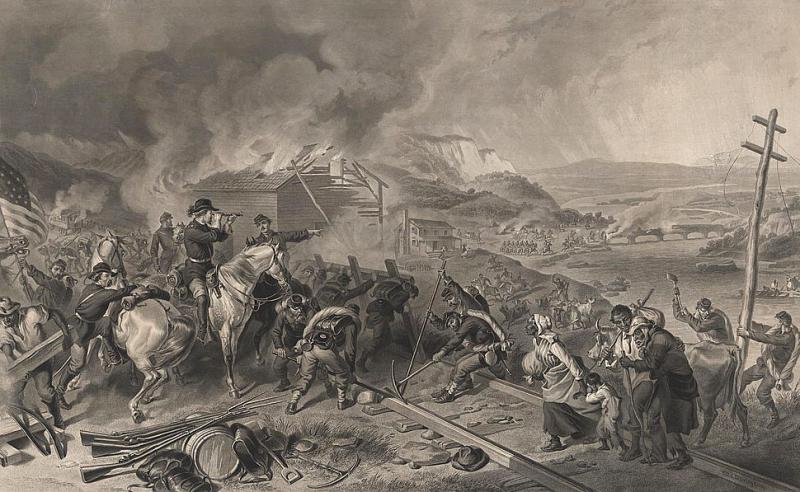In conjunction with General Grant's Siege of Petersburg, Major General William Tecumseh Sherman's "March to the Sea," or the Savannah Campaign, signals the death knell of the Confederacy. Following his victory at the Battle of Atlanta, Sherman leads his forces from Atlanta to Savannah, freeing slaves and destroying military installations, factories, railroads, bridges, civilian property, and other infrastructure along the way. Sherman succeeds despite operating in enemy territory without logistical supply lines, and he deploys "scorched earth" tactics by directly attacking the South's economic infrastructure. His attacks on non-military targets are controversial, and generations of Southerners have scorned Sherman's memory. Nonetheless, Sherman is able to send a wire to Lincoln, which reads: "I beg to present you as a Christmas gift the City of Savannah, with one hundred and fifty guns and plenty of ammunition, also about twenty-five thousand bales of cotton."
Tuesday, November 15, 1864 to Wednesday, December 21, 1864


